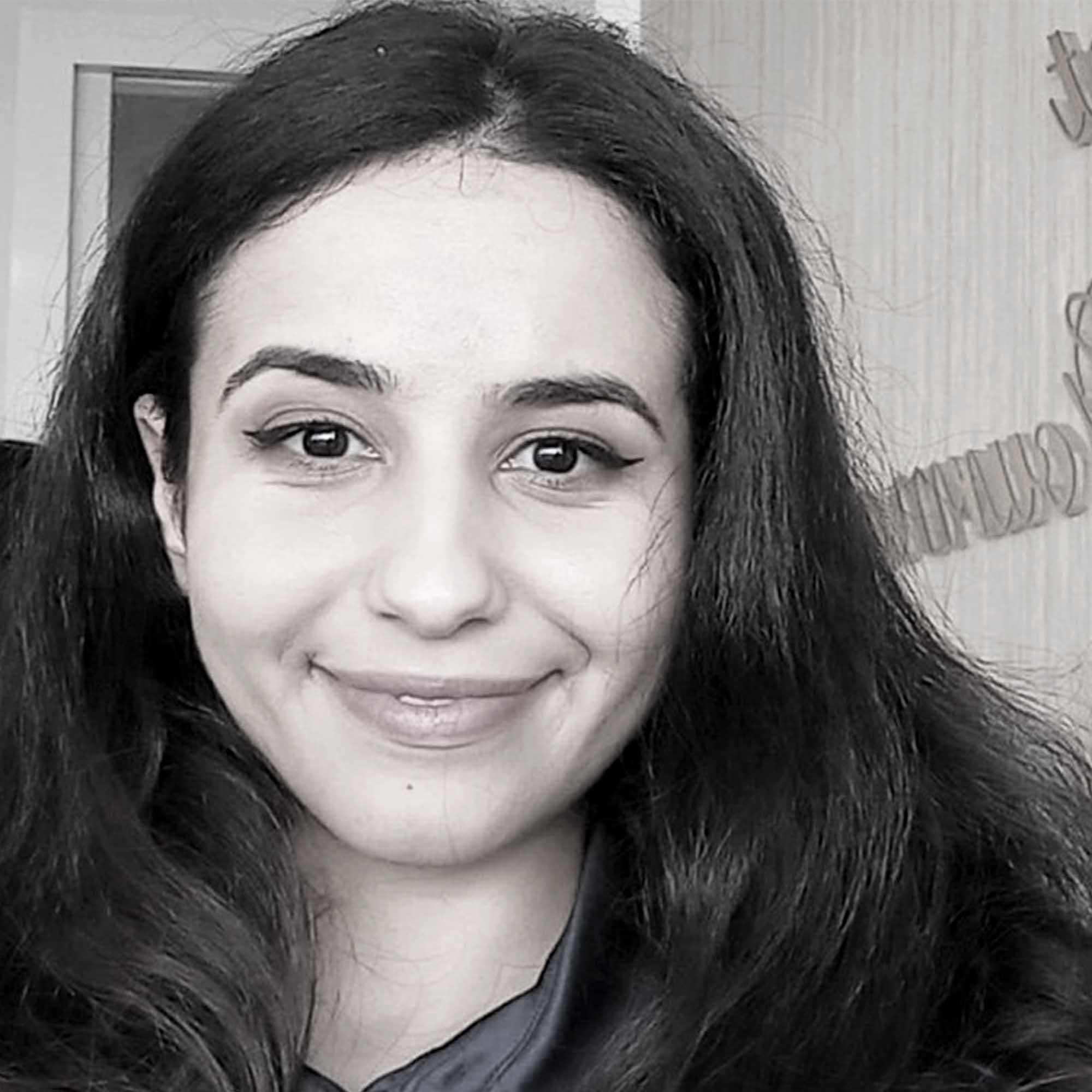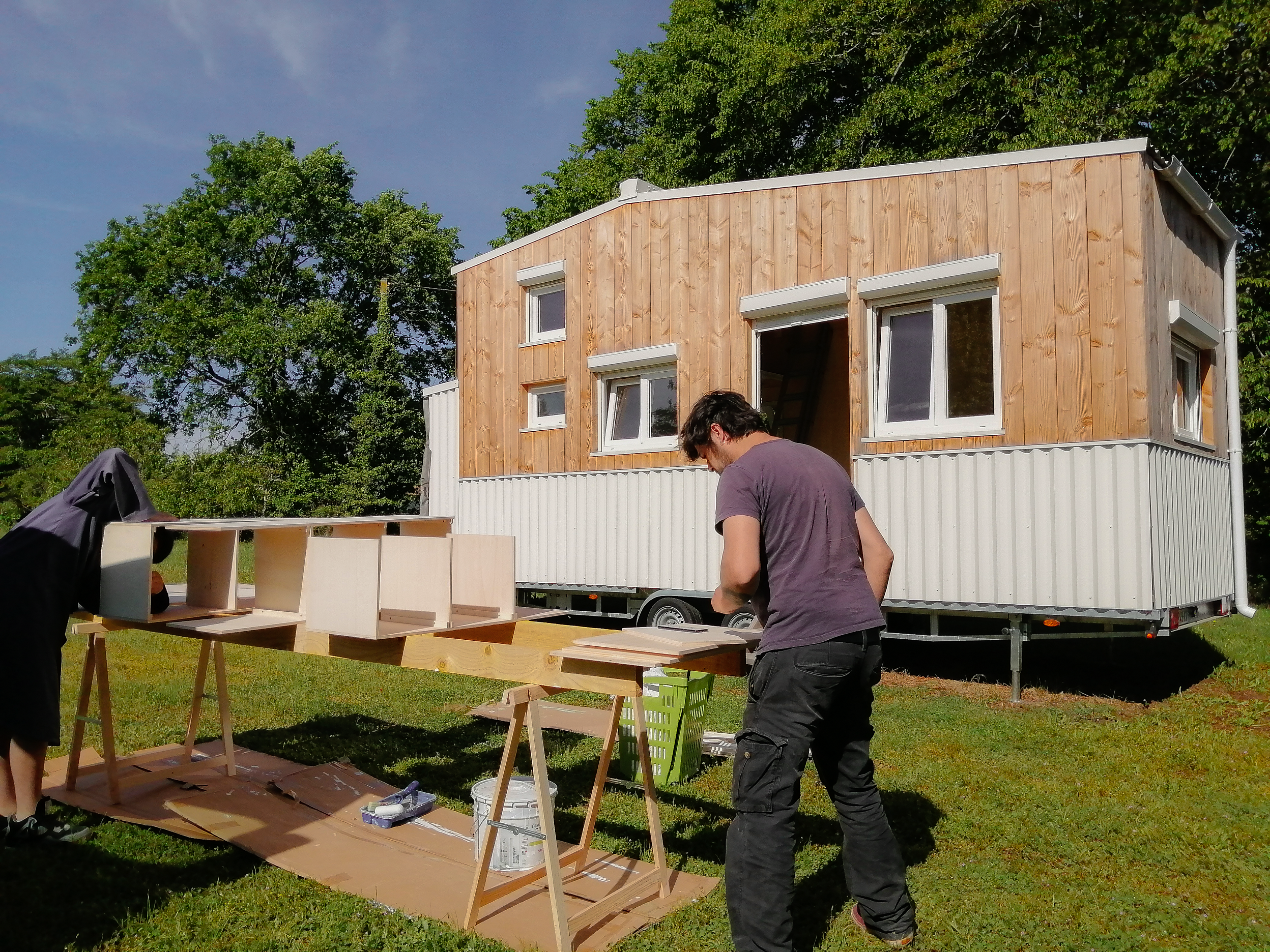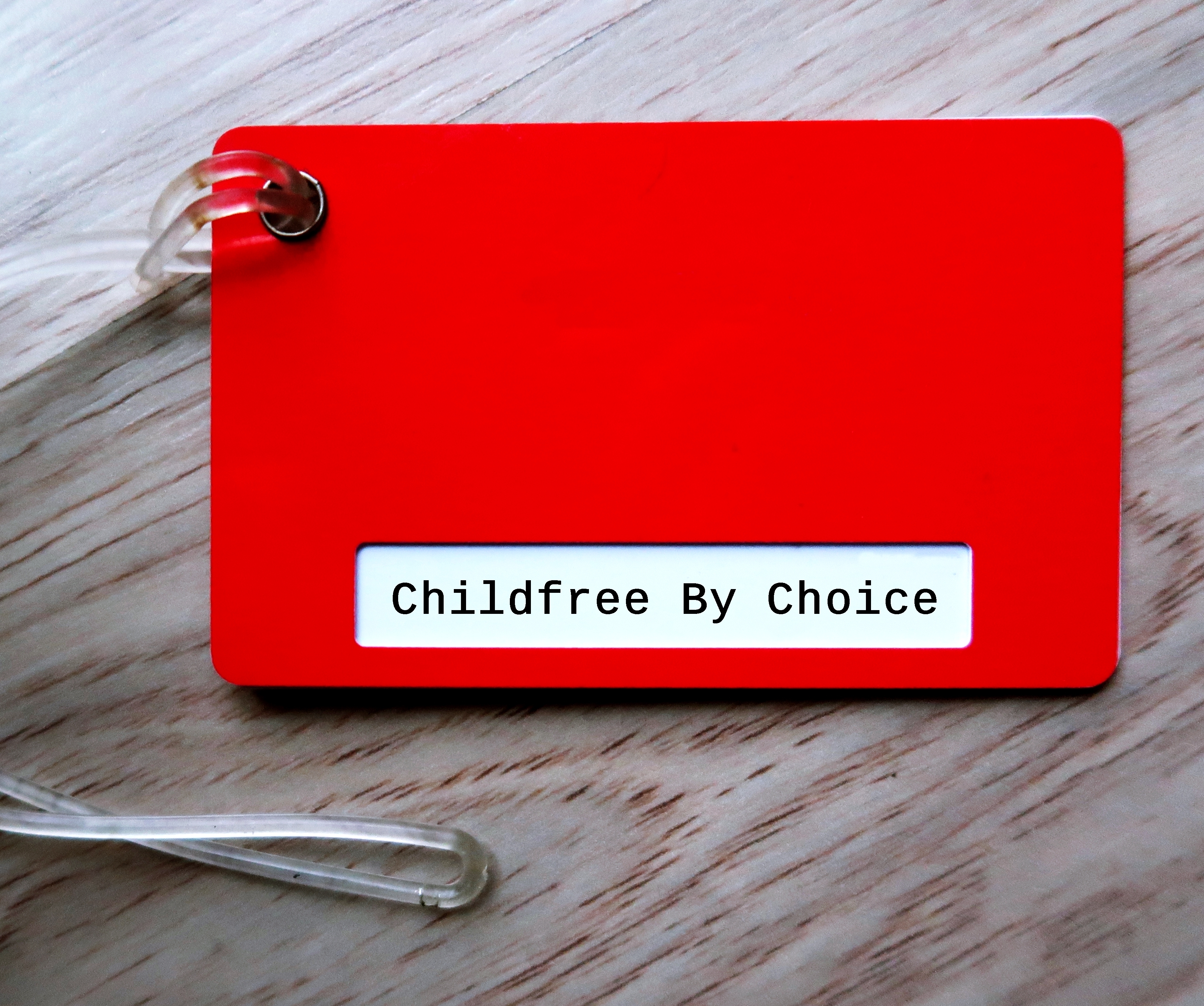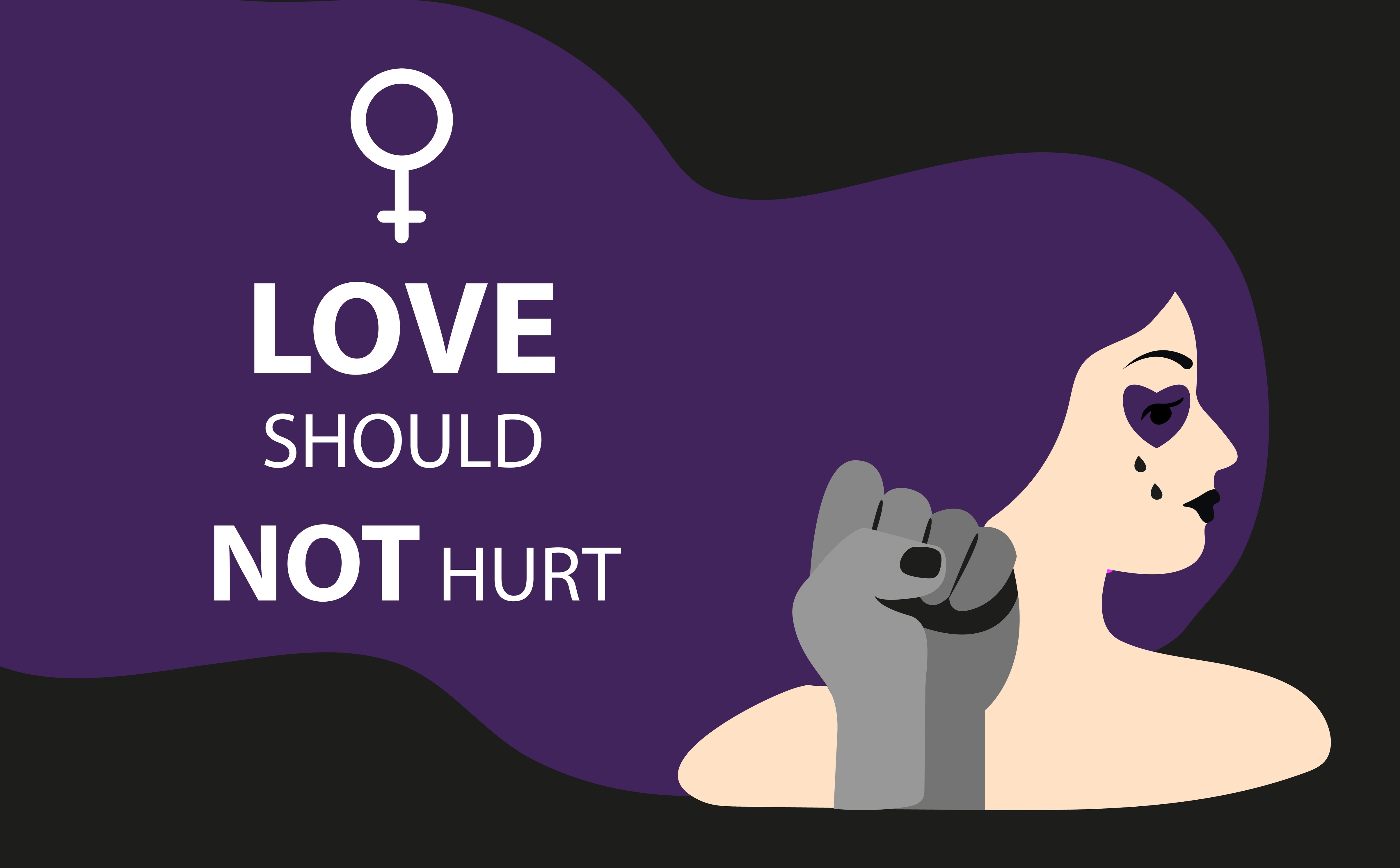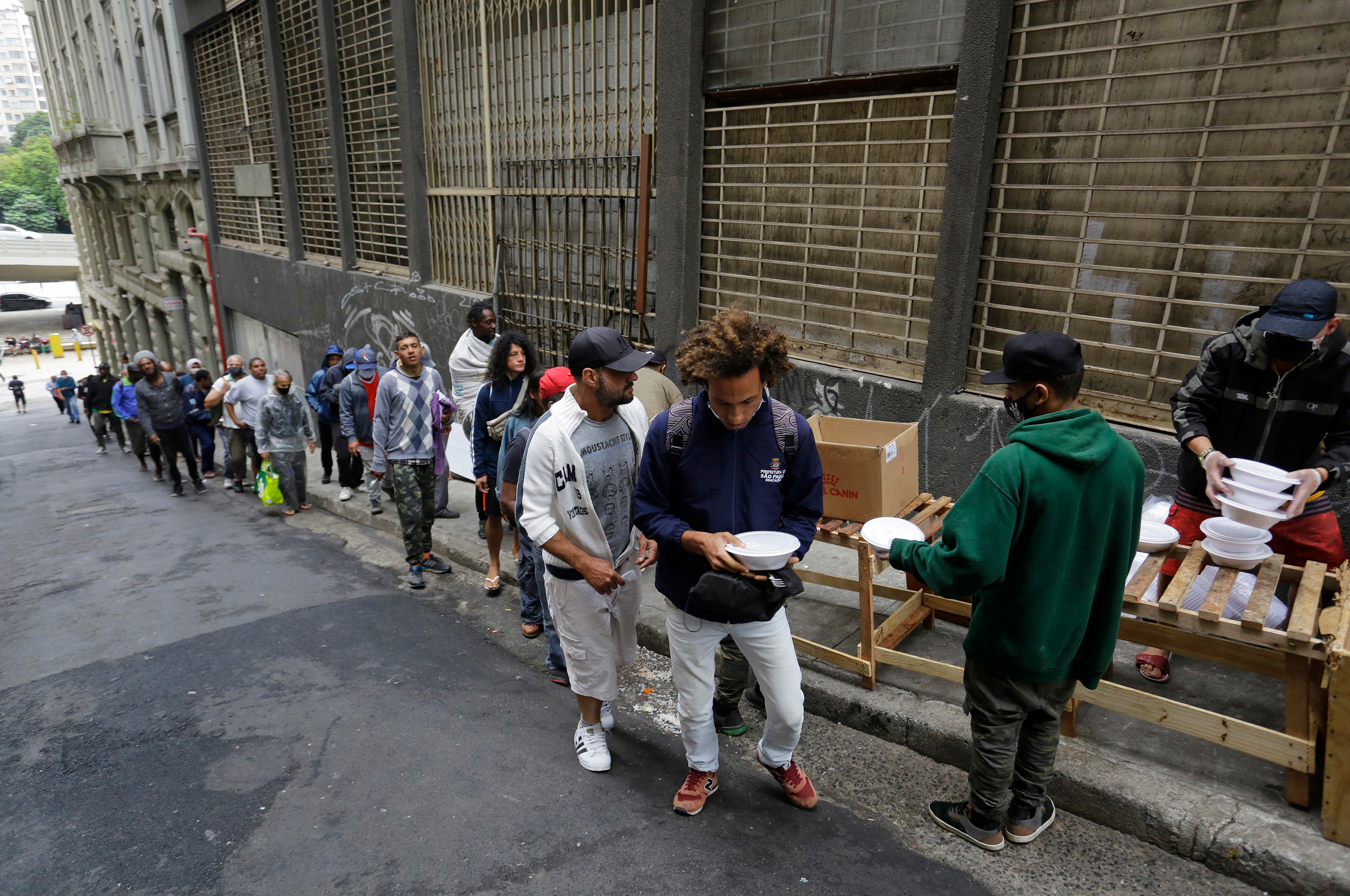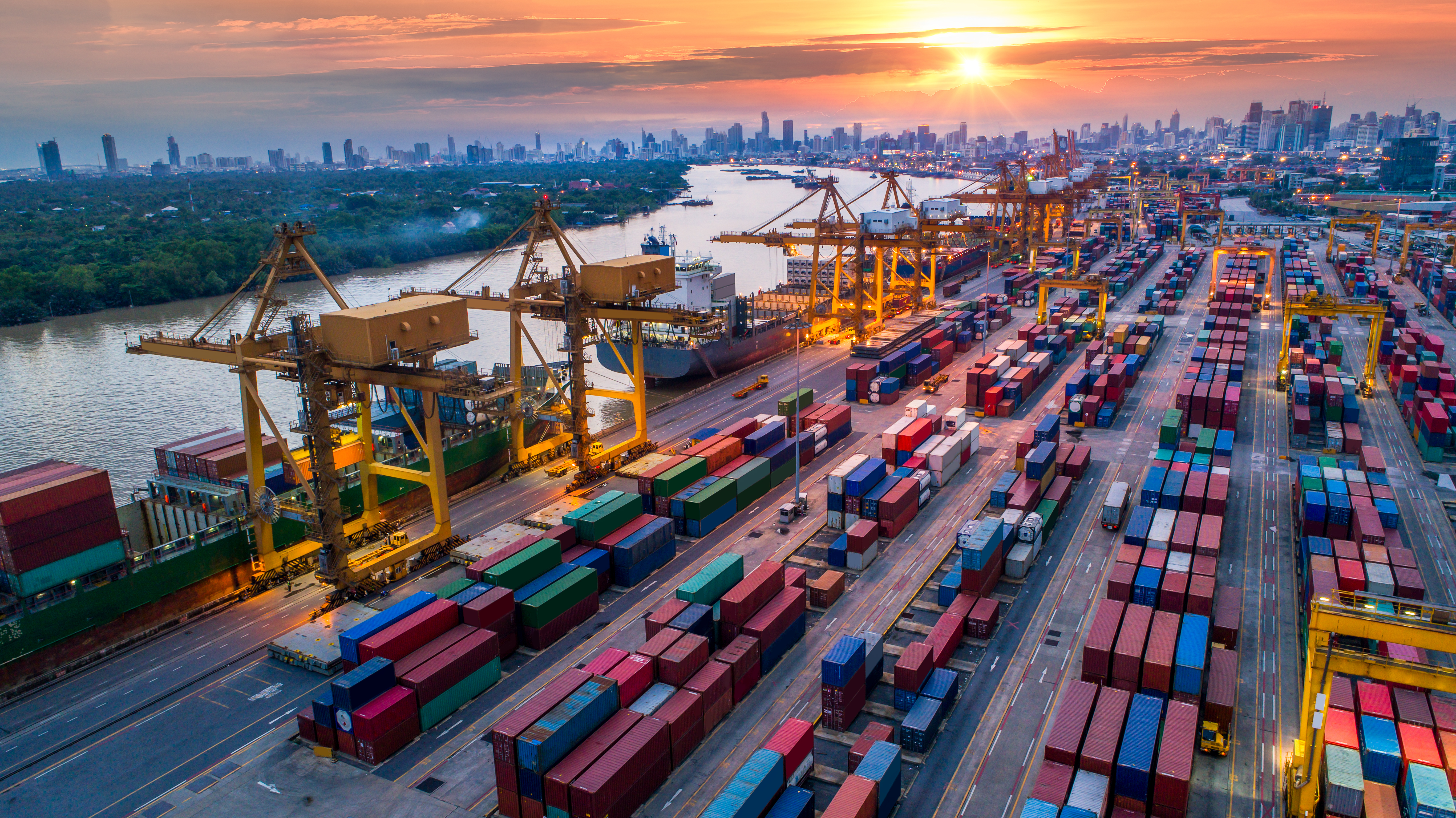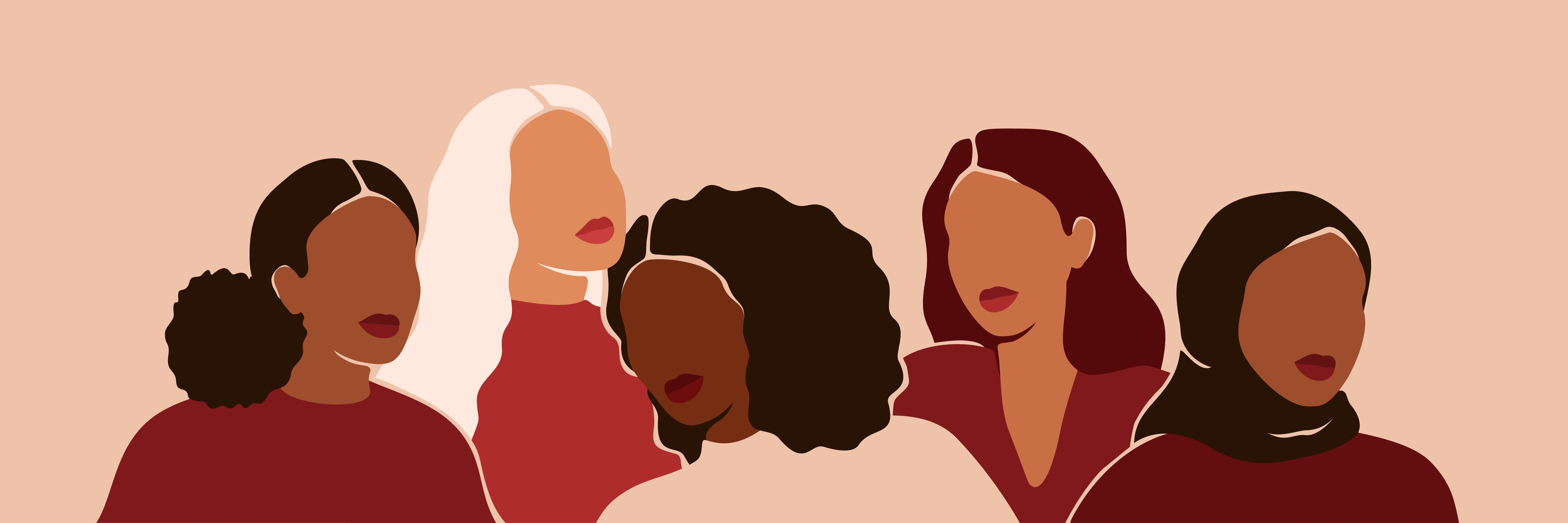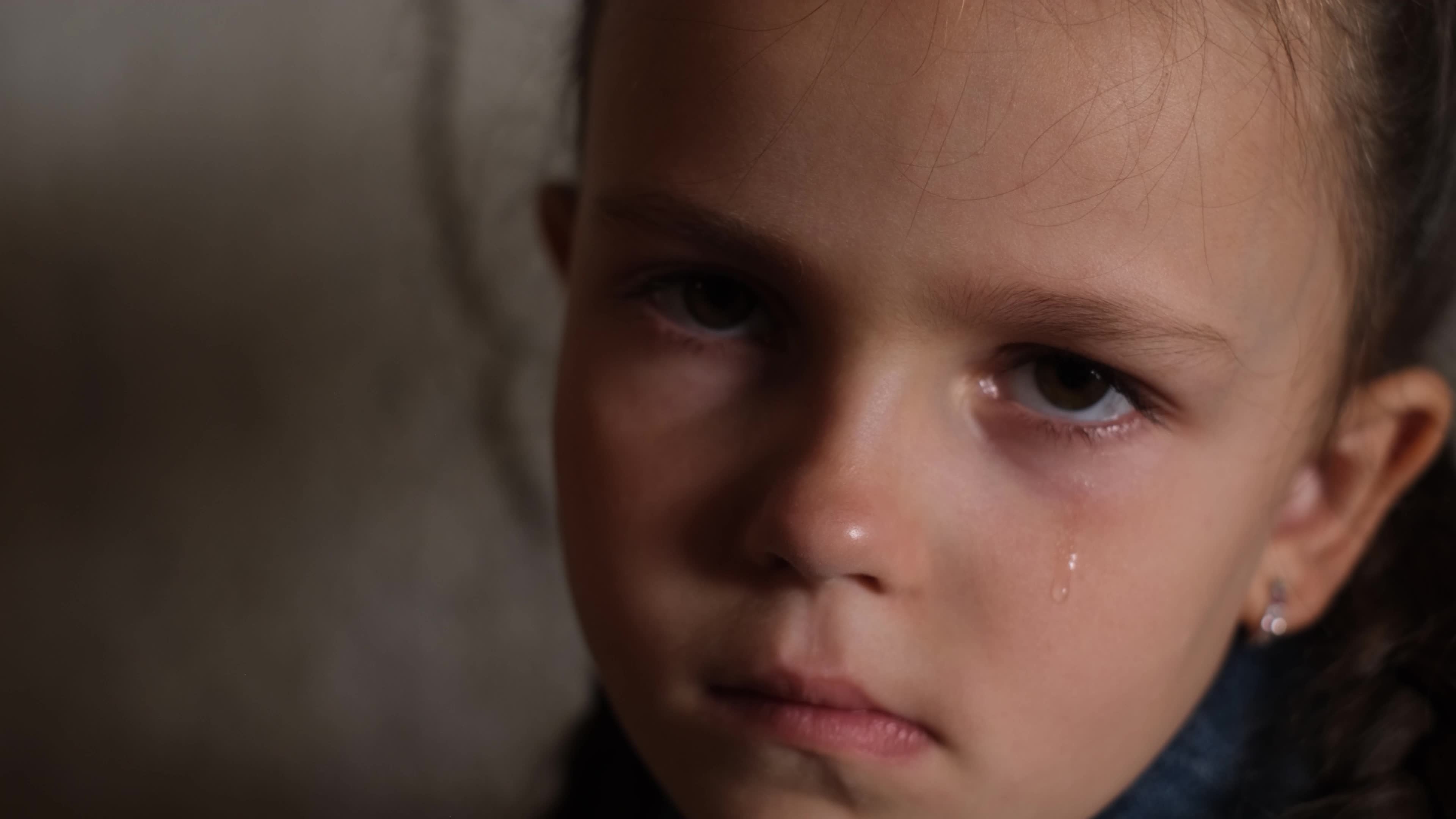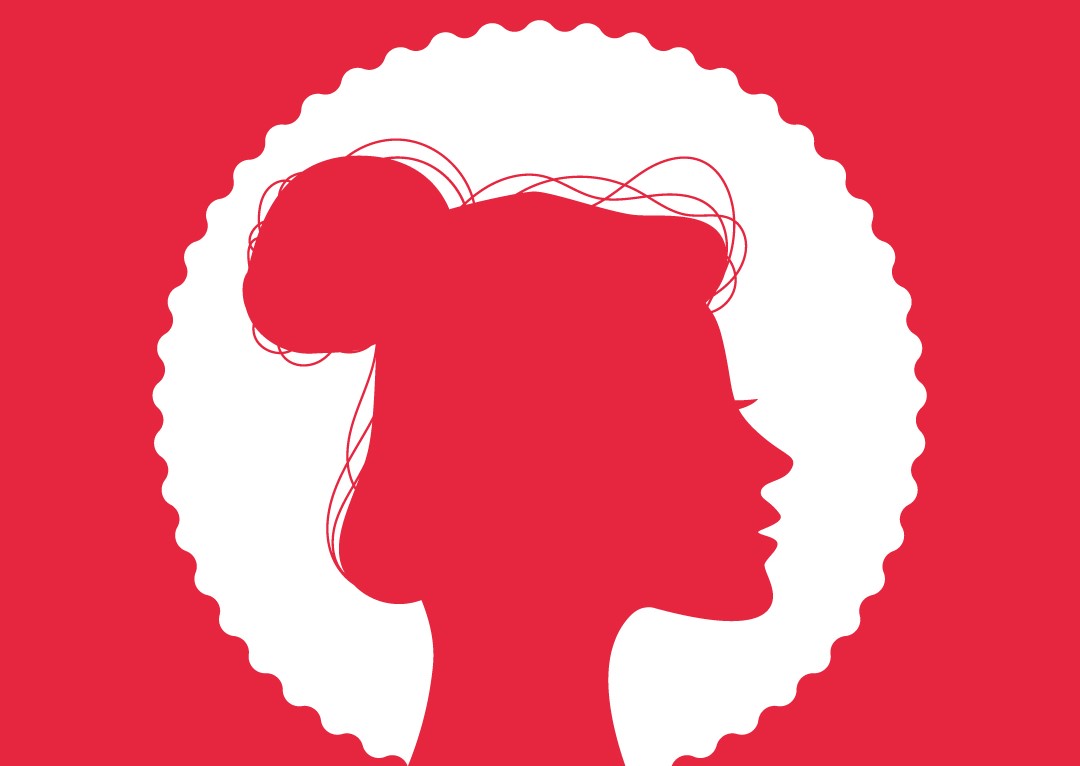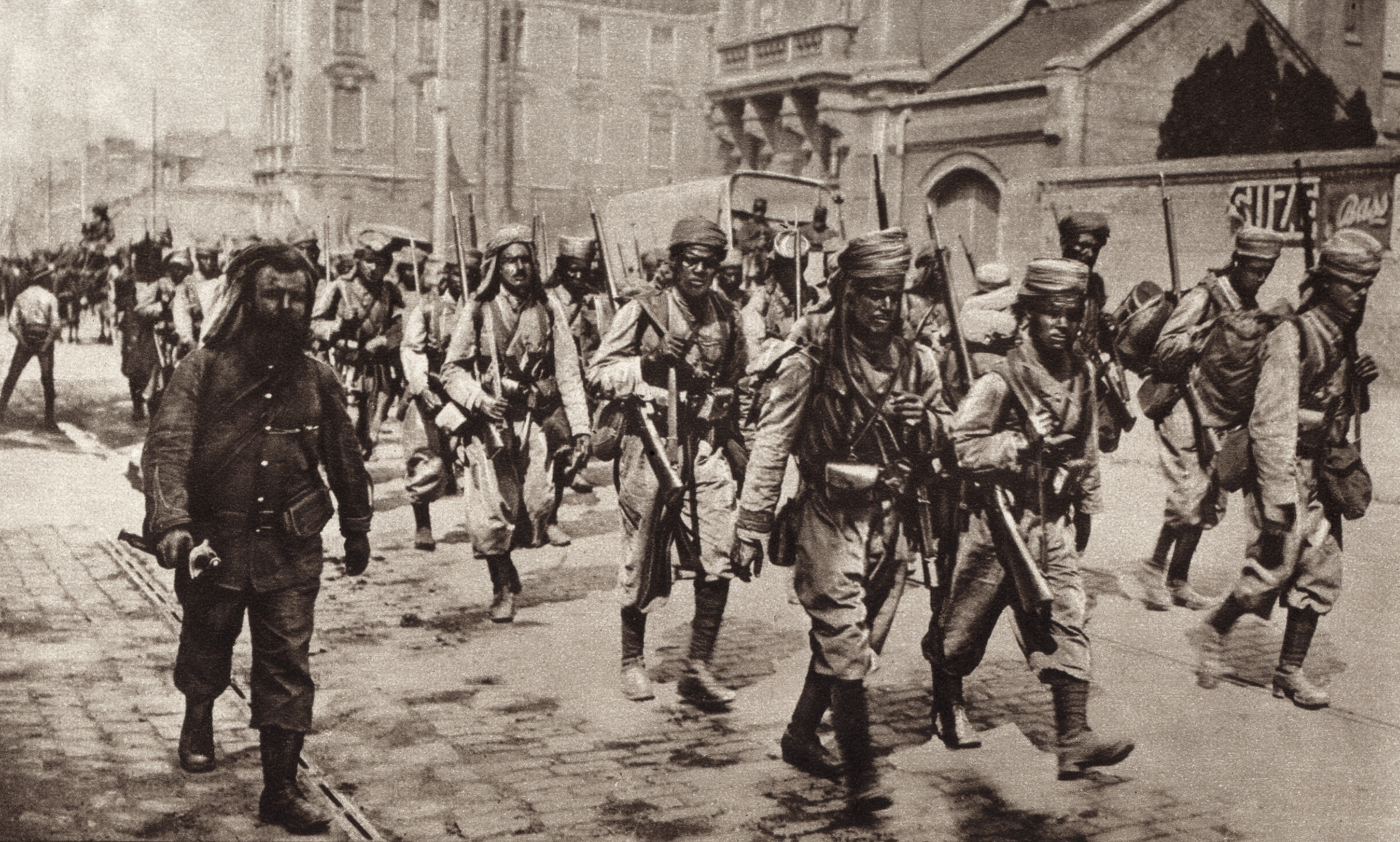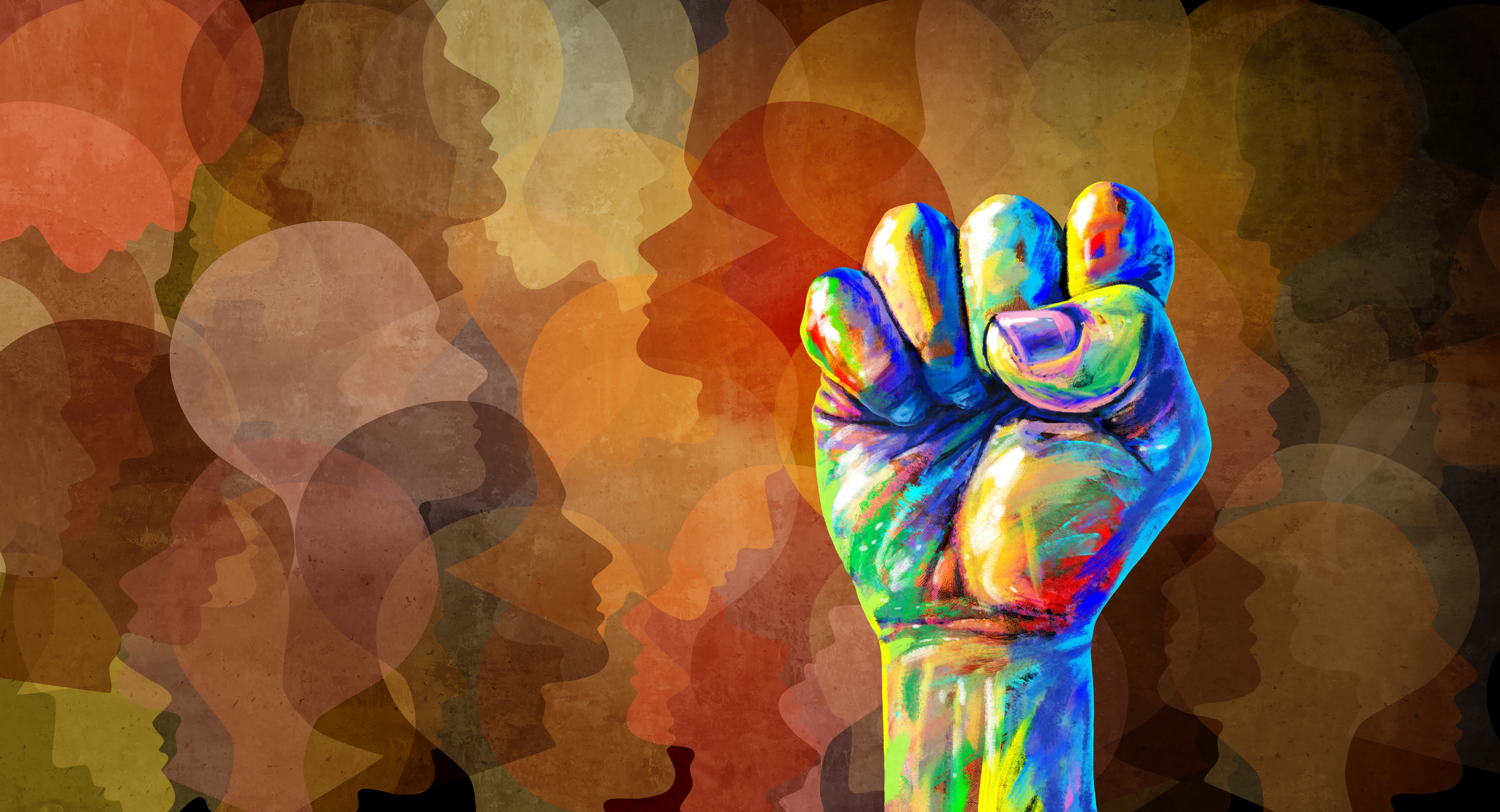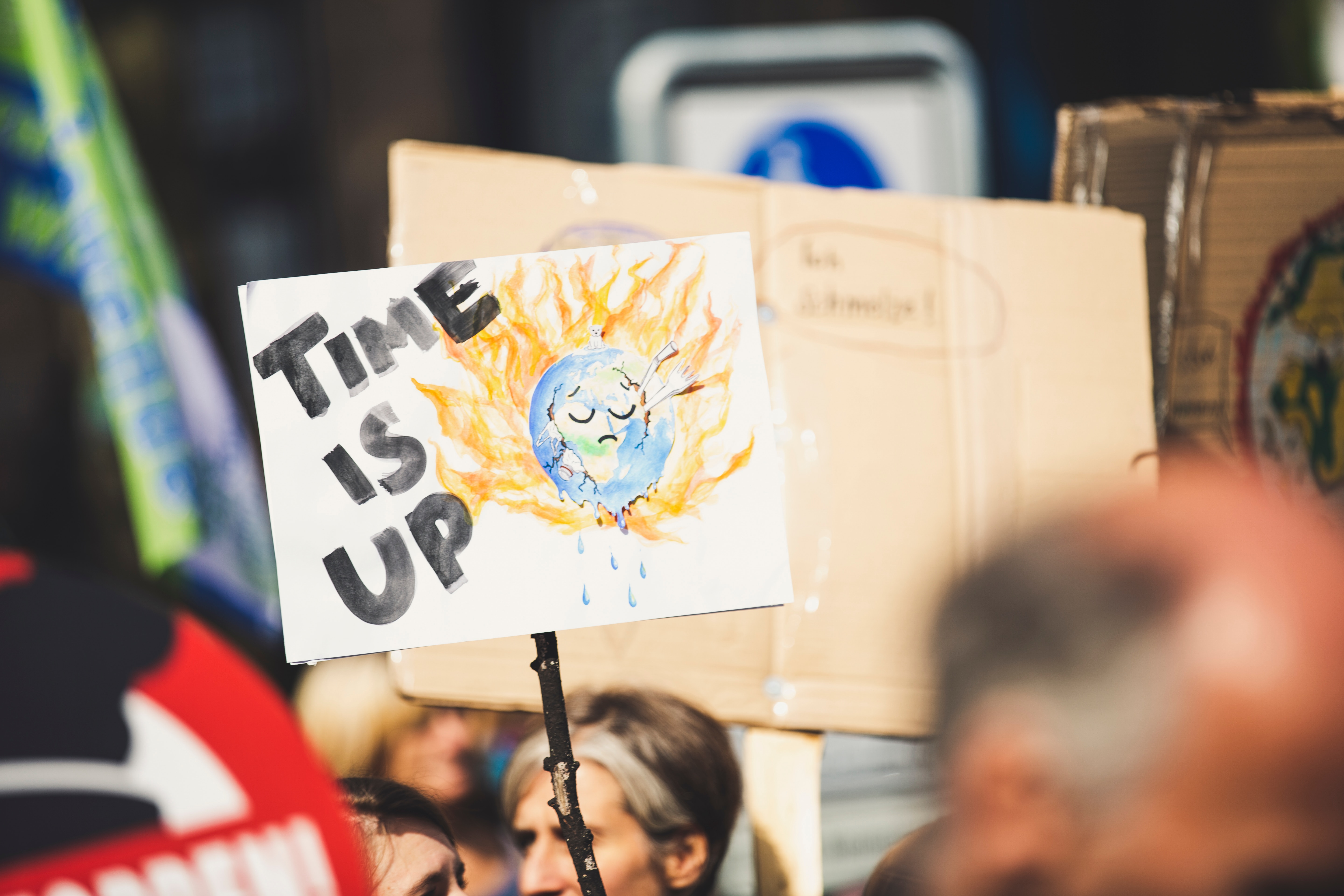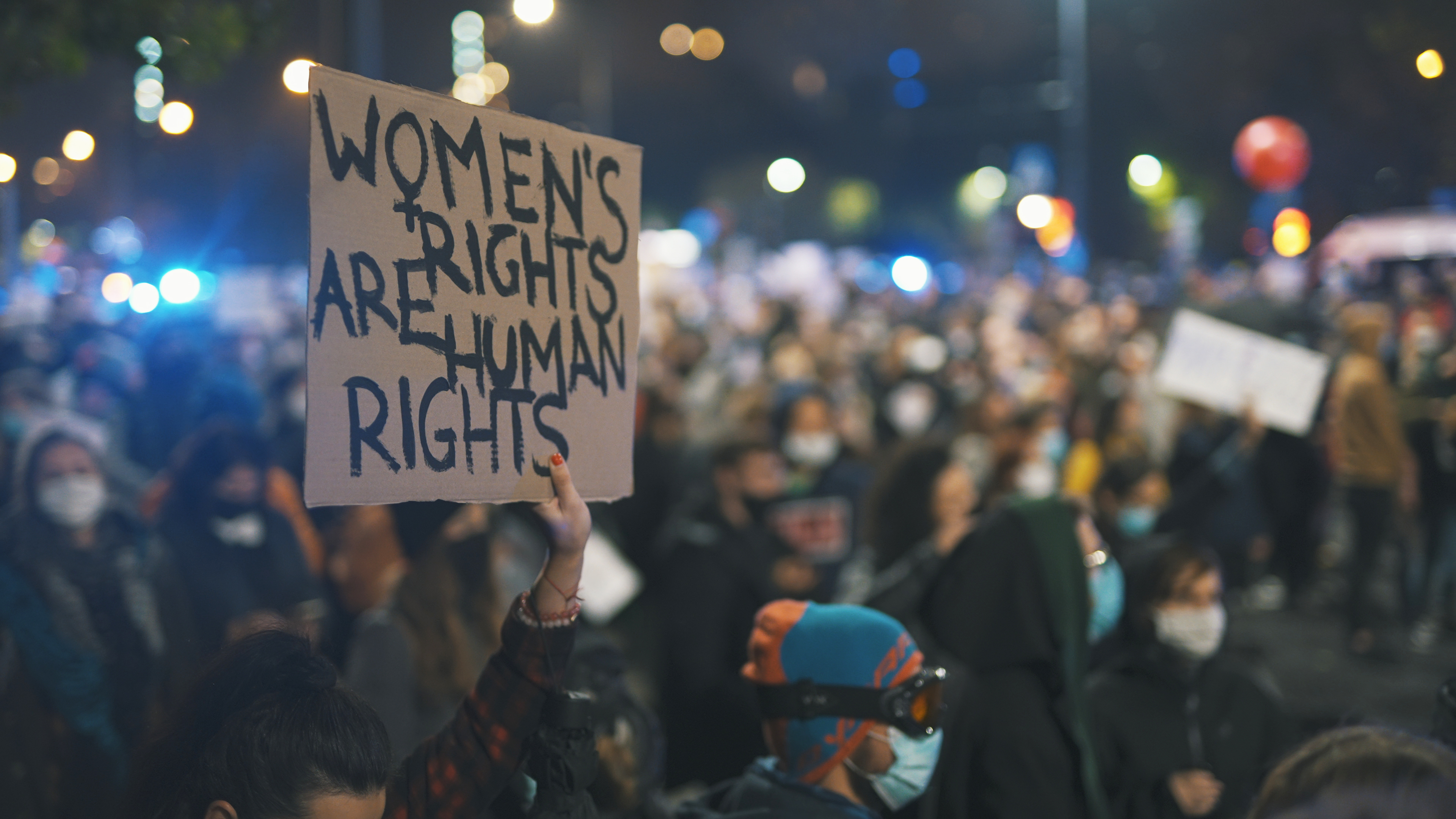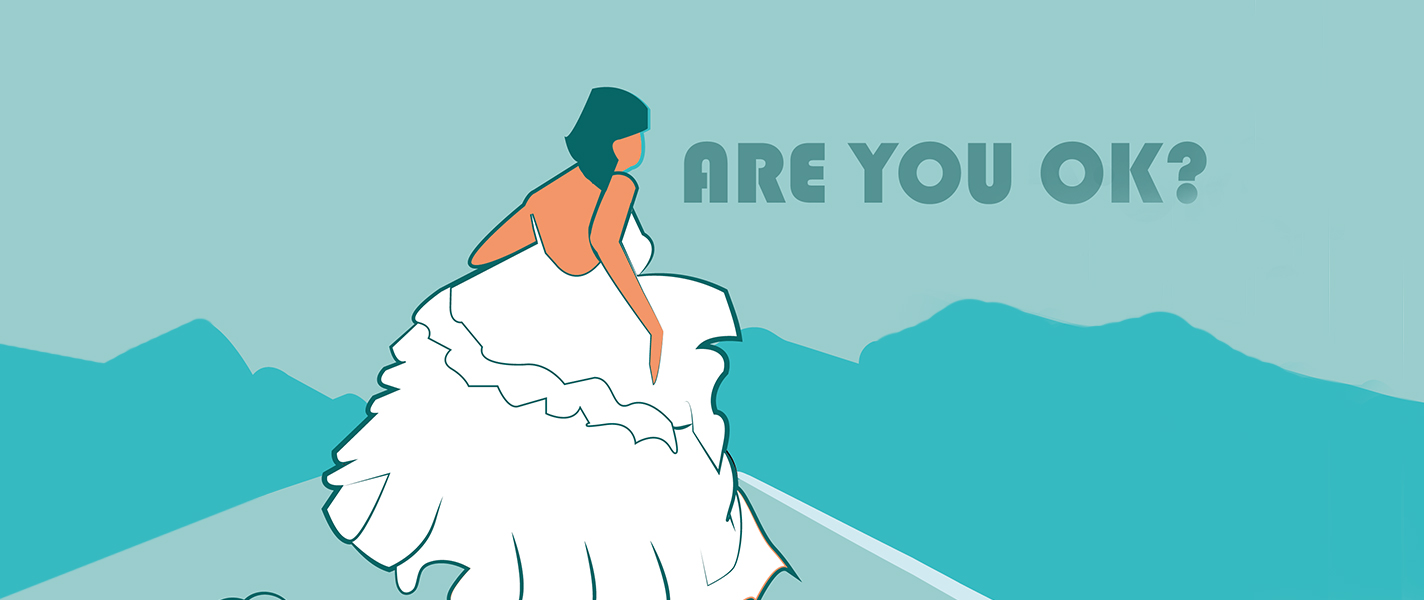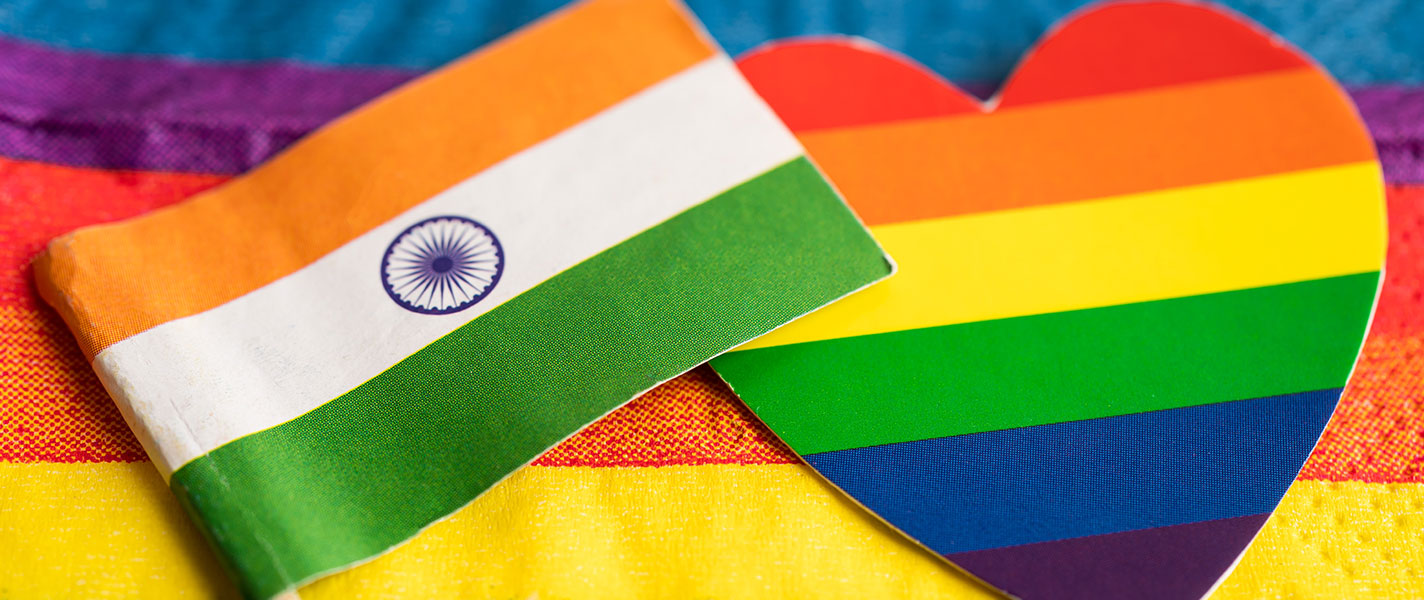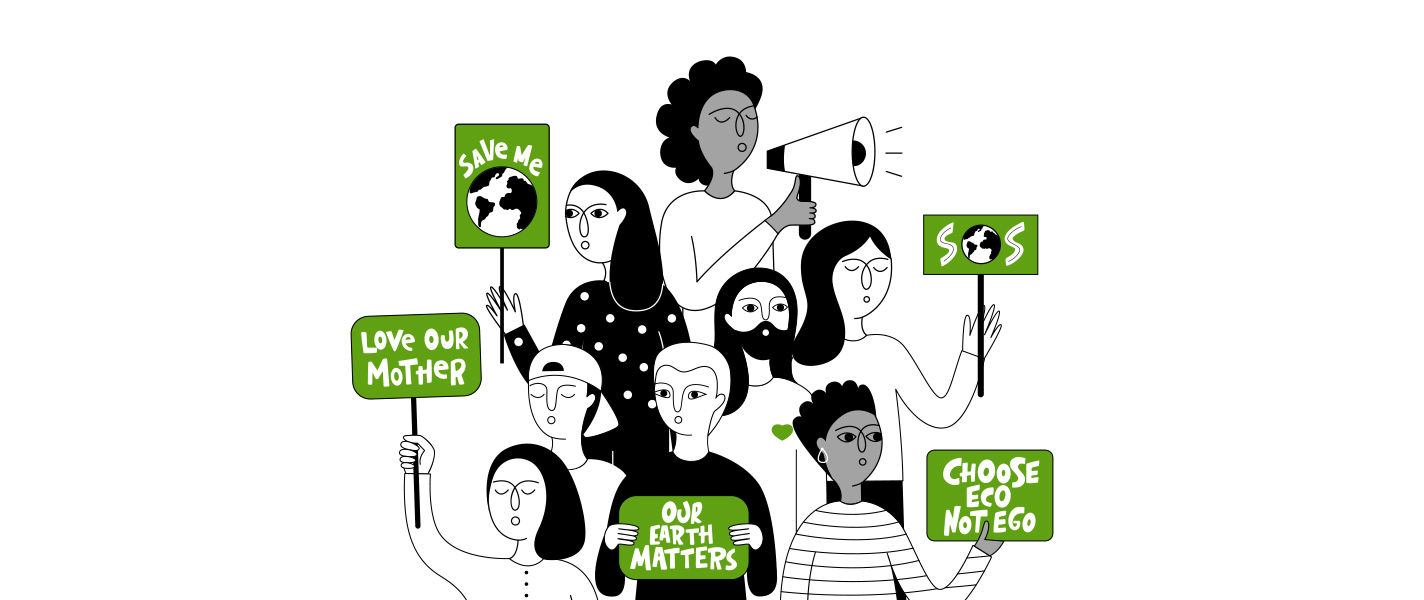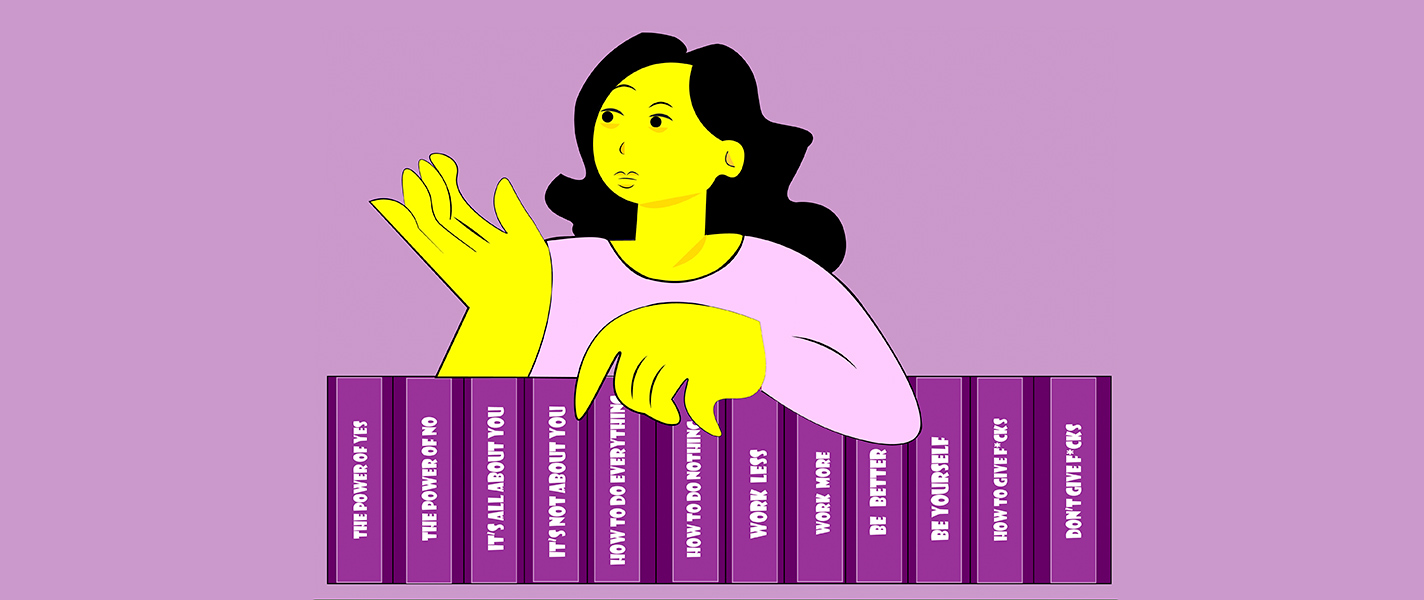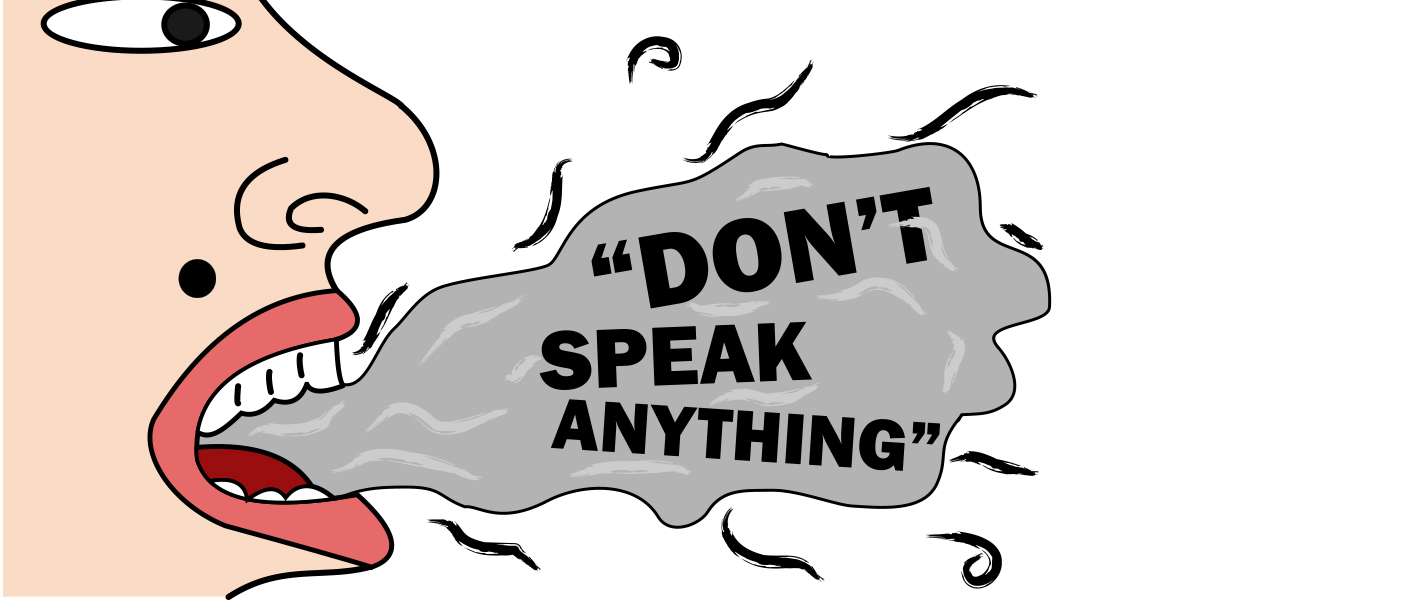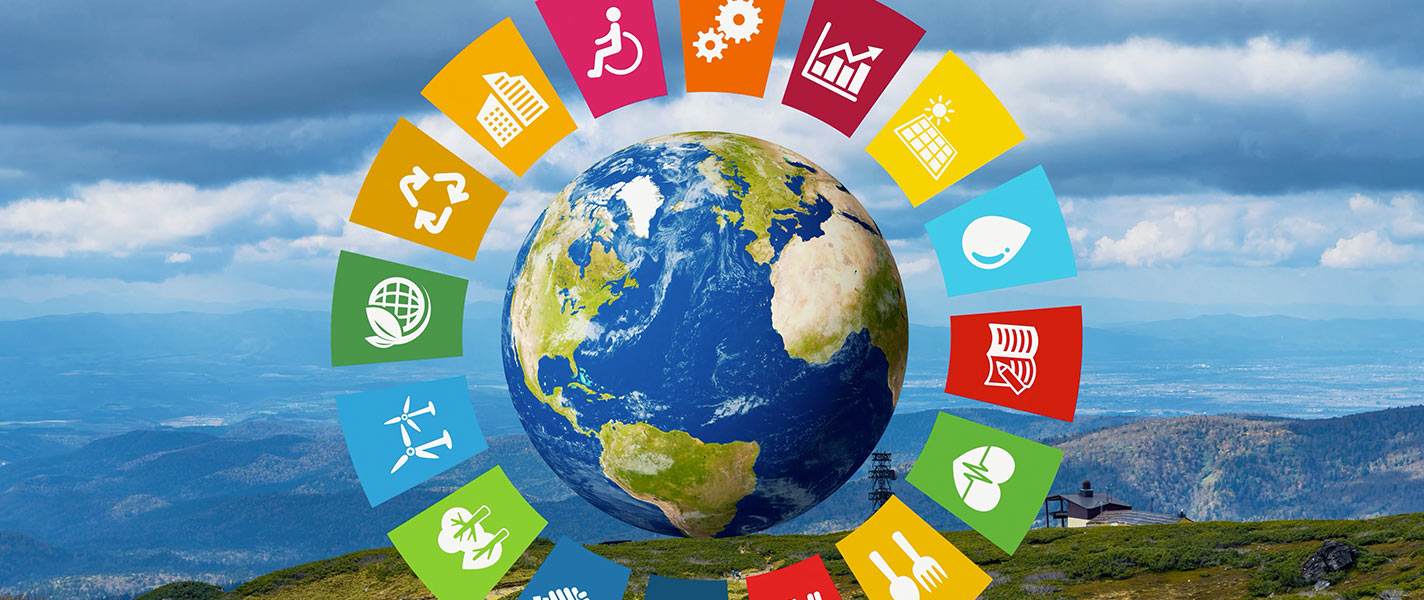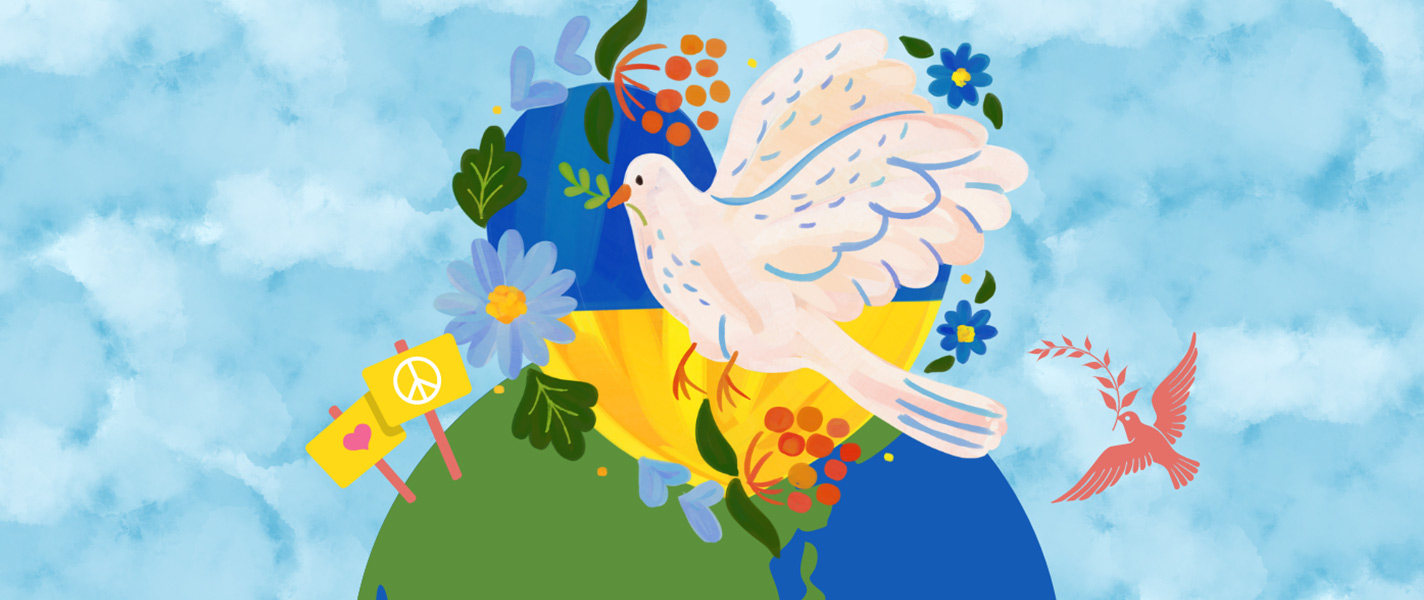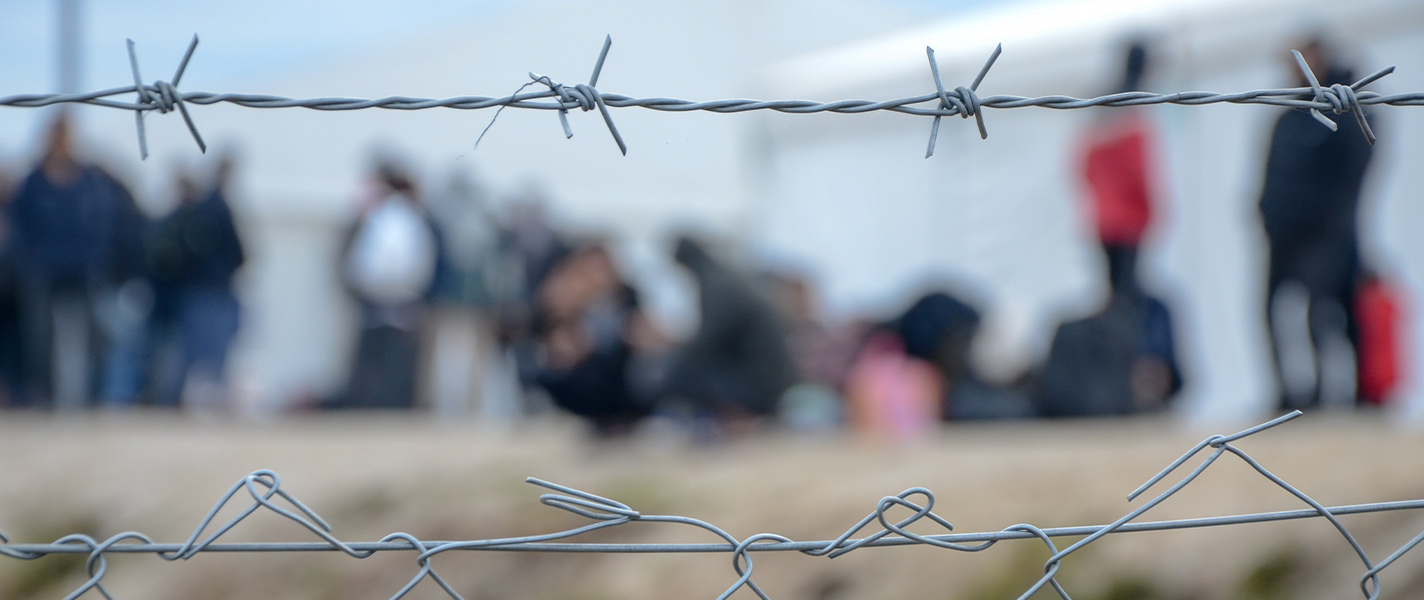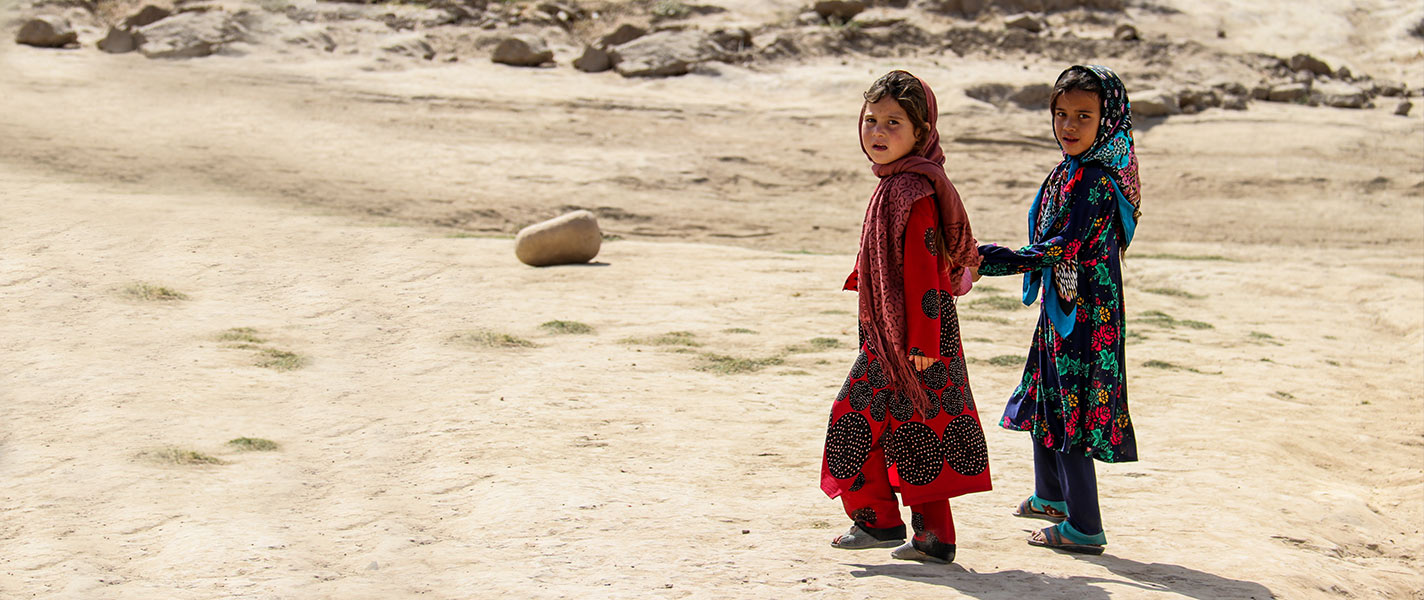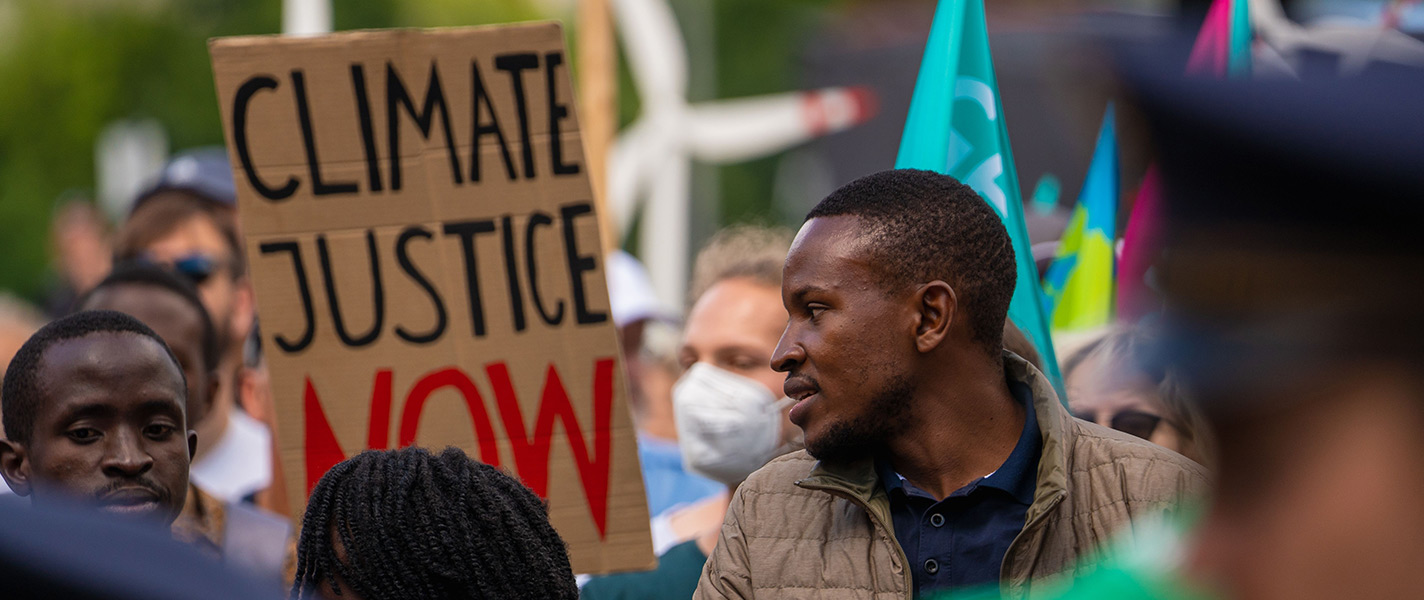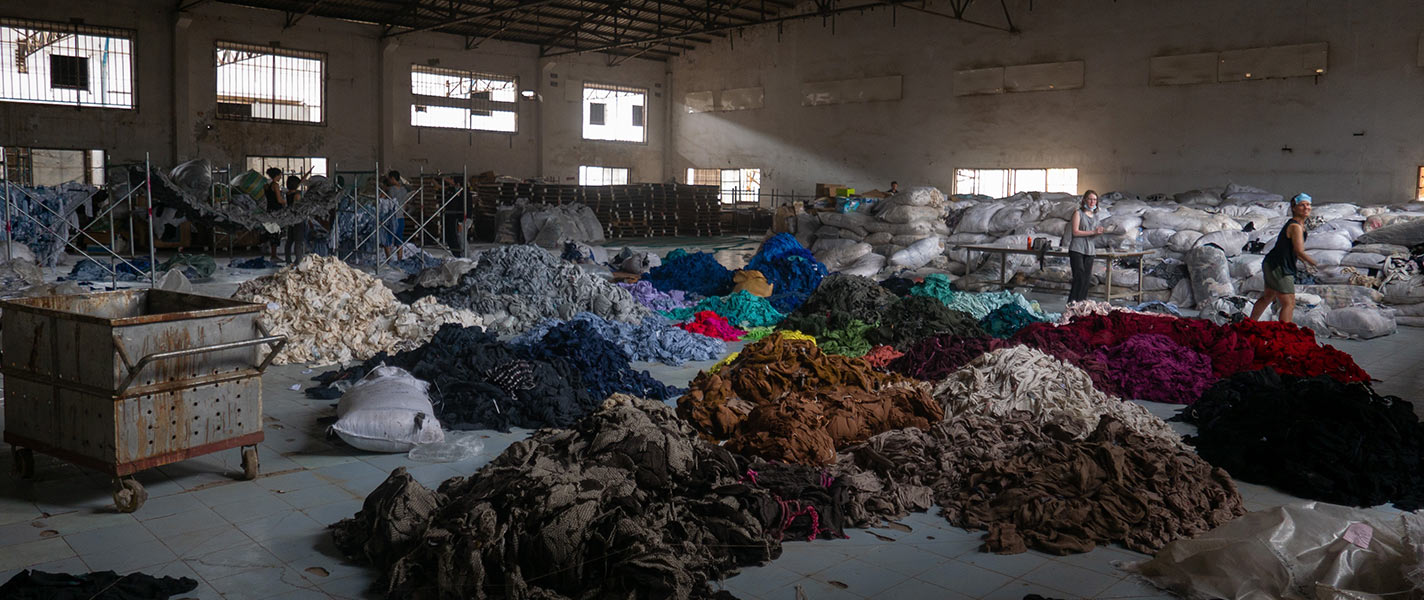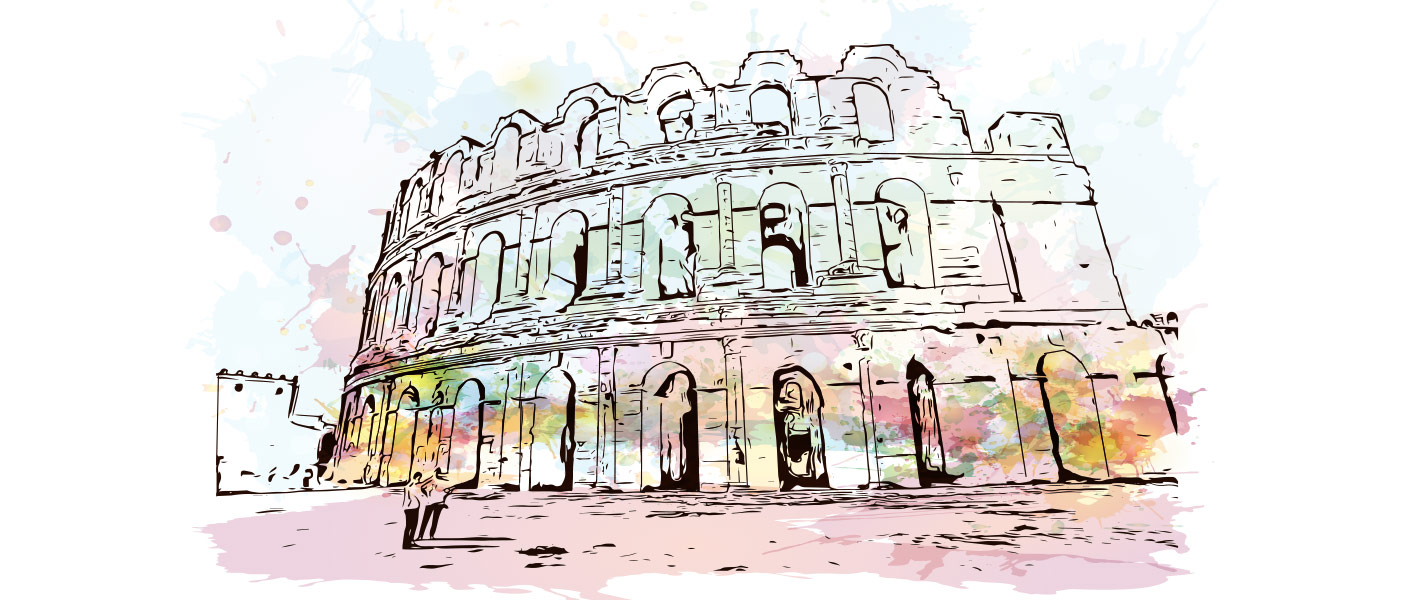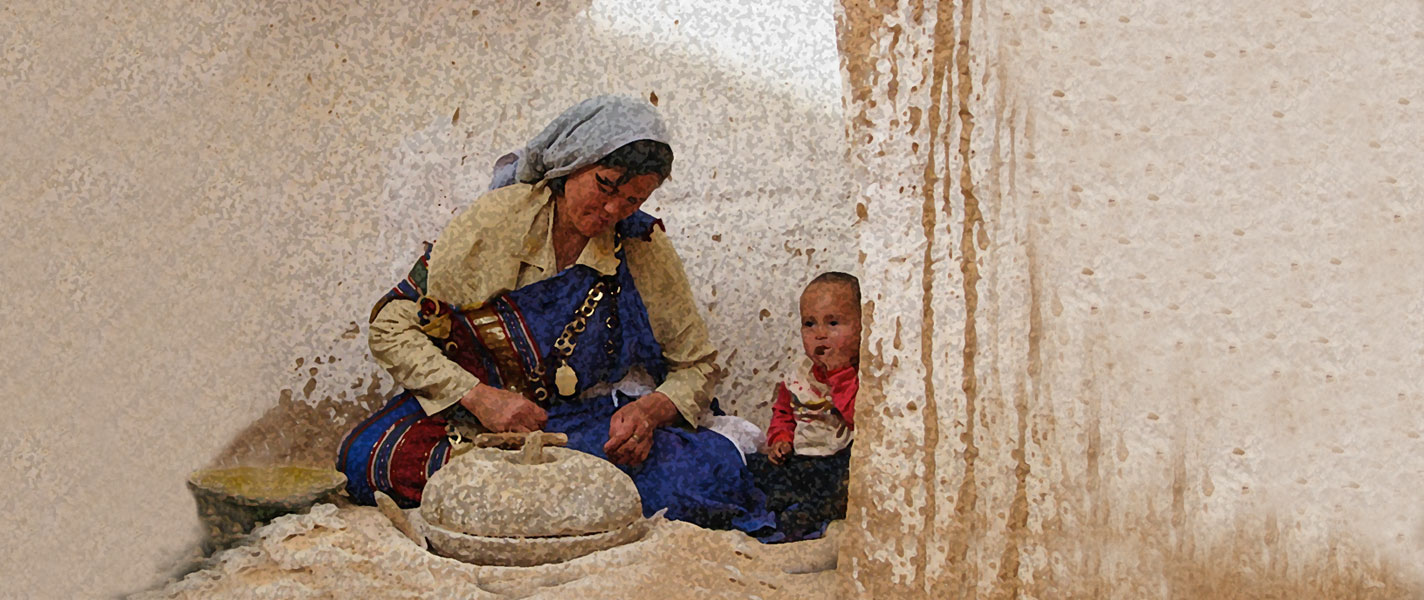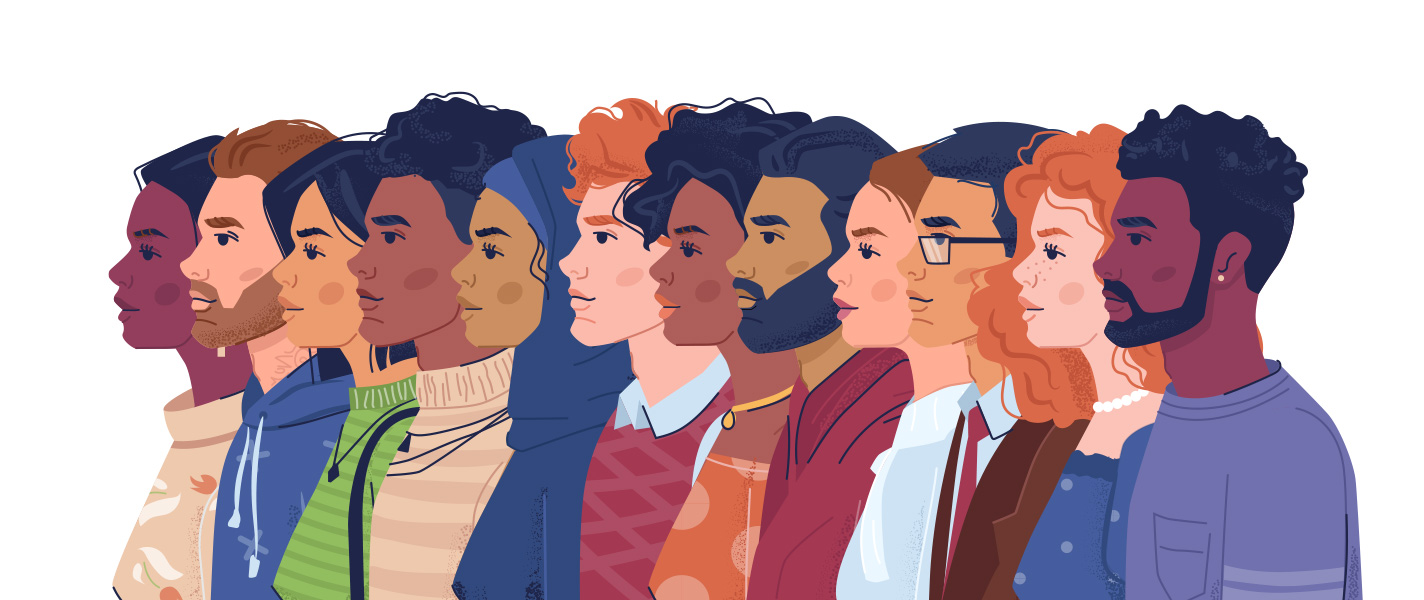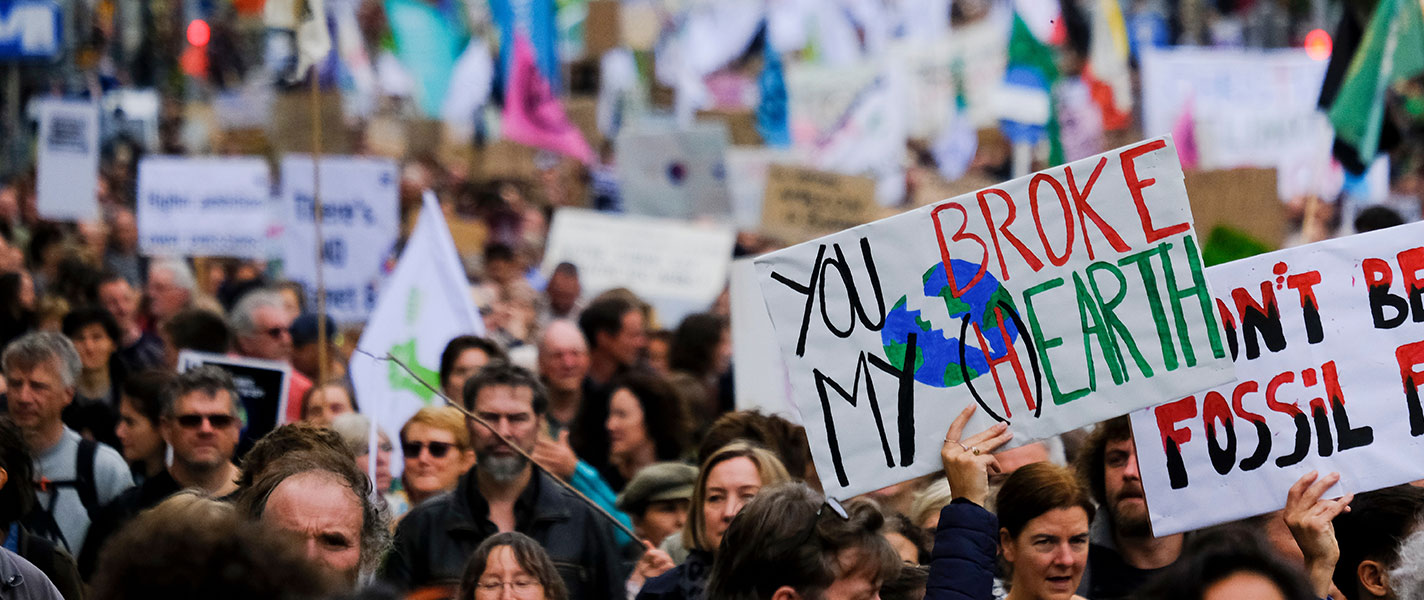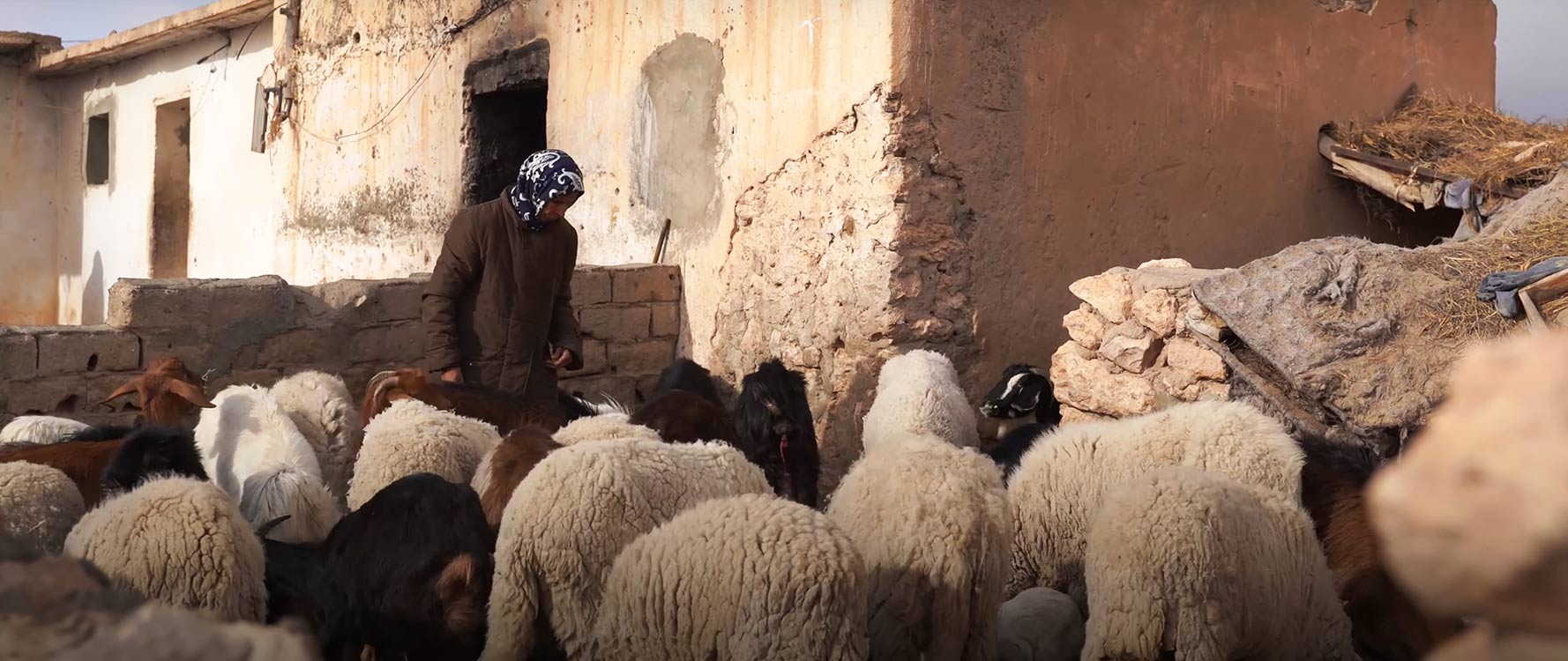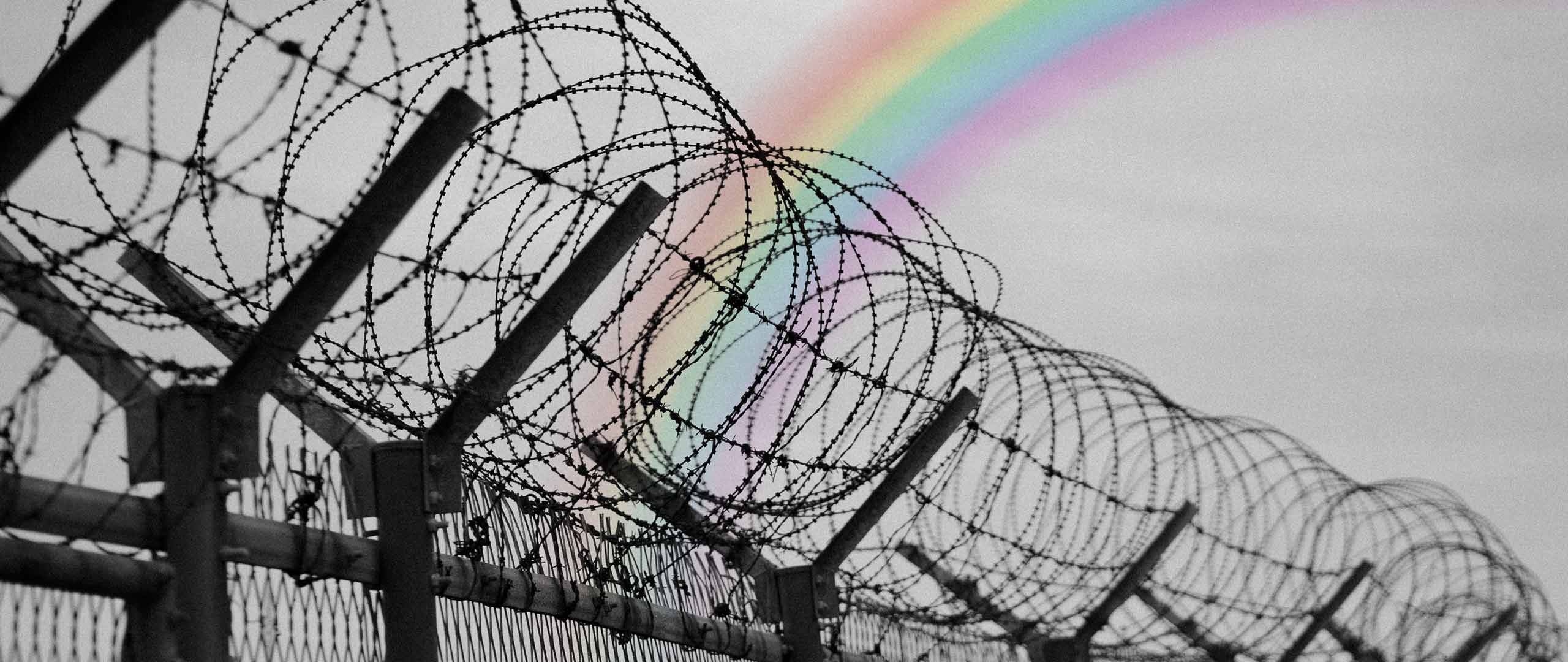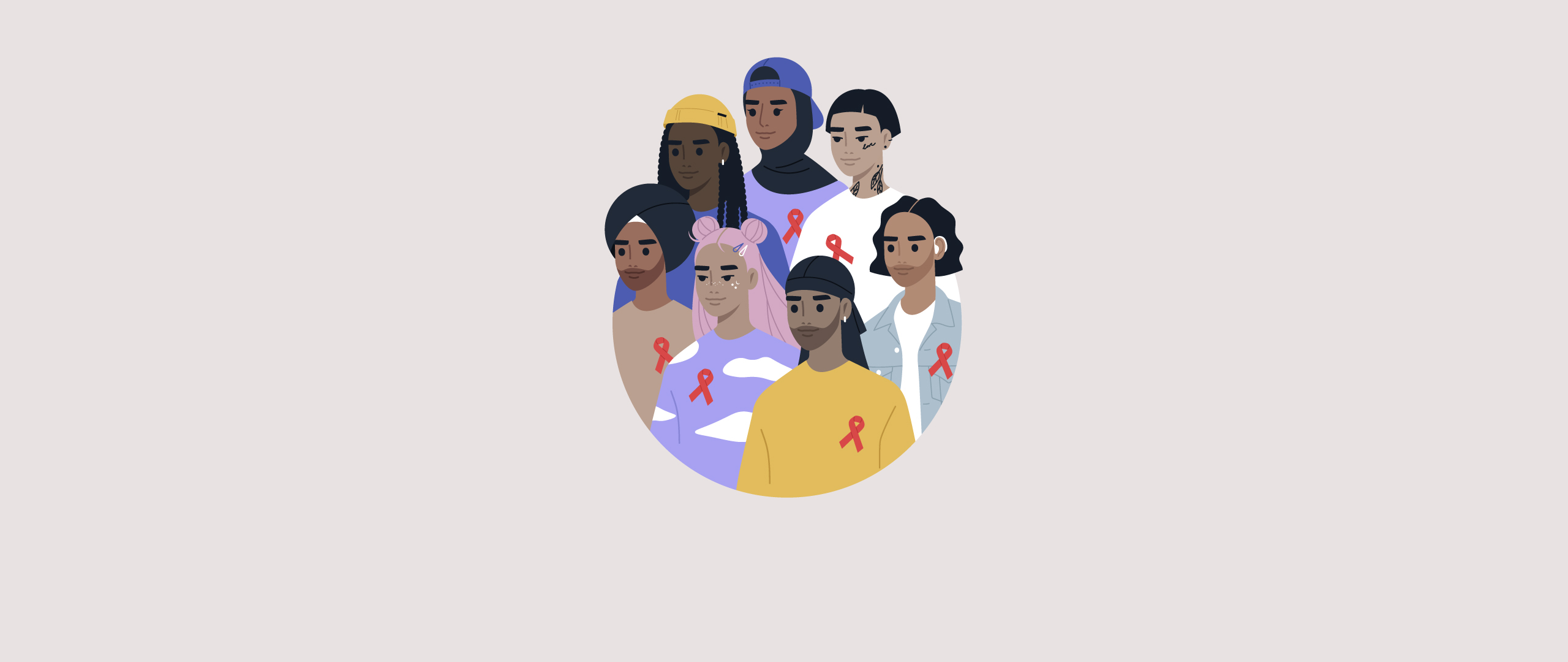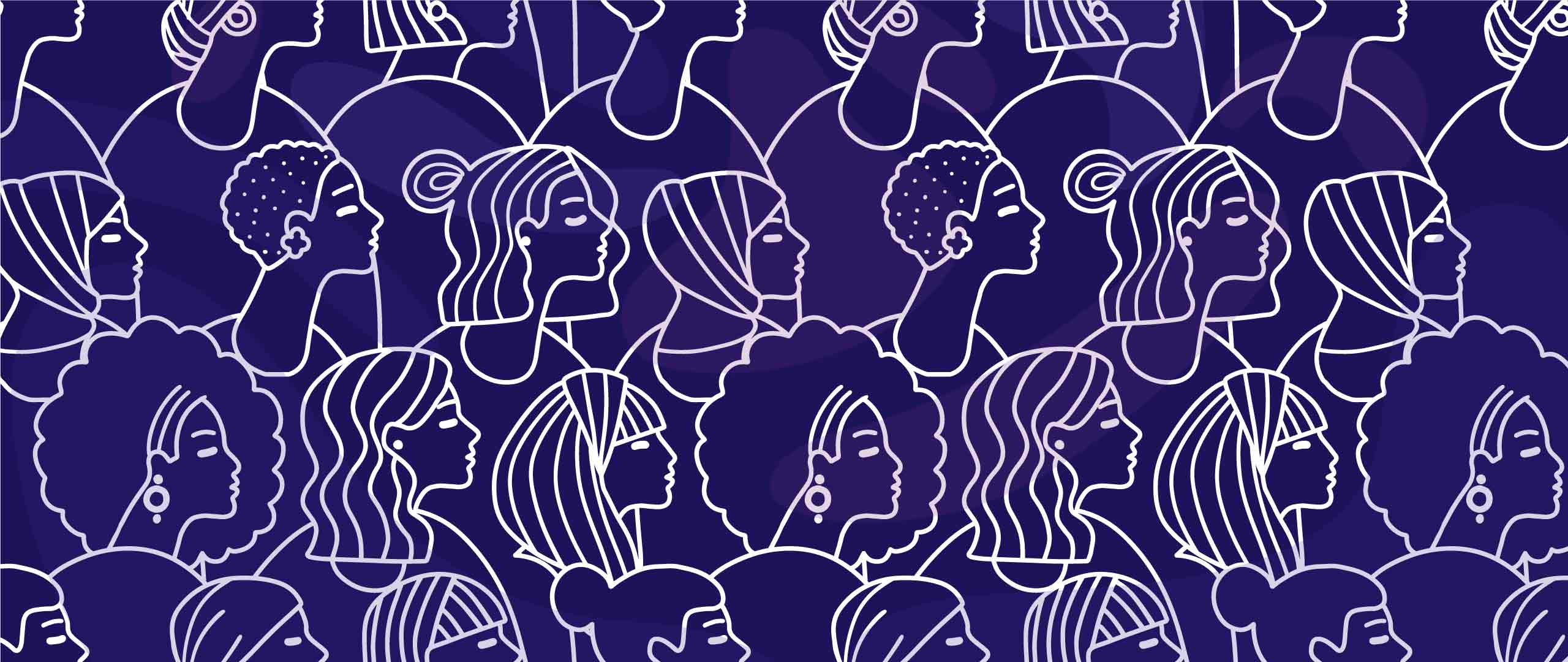The Politics of an Overlooked “Refugee Crisis”
According to the UDHR, the family is entitled to protection by society and the State. However, by the end of 2021, 89.3 million are forced to flee their homes.
More than ever, armed conflict and violence are spurring innocent people to leave their homes and forcing them to live decades in displacement. According to the UNHCR, an estimated 36.5 million (41%) of the 89.3 million forcibly displaced people are children below 18 years of age. Between 2018 and 2021, an average of between 350,000 and 400,000 children were born into a refugee life per year. This results in being separated or leaving family members behind when escaping these difficult conditions. These refugees might spend years before seeing their beloved ones again or even in certain circumstances stay separated forever.
The story of Yemeni refugees is no different story. Yemen was named the world’s worst humanitarian crisis. According to the UNHCR, since the outbreak of the 2015 civil war in Yemen, 4.3 million people are internally displaced today and children make up the majority. With the living conditions continue to majorly deteriorate, United Nations predictions show that approximately 19 million Yemenis will starve in the upcoming months, while more than 160,000 of them will face famine-like conditions.
Horrible human rights violations continue to occur as the Yemeni “crisis” persists. It says that more than 10,200 children are known to have been killed or severely wounded as a direct outcome of the conflict. One might wonder how many more innocent children need to be facing the same outcome for world leaders to step up and take necessary and acute actions to safeguard their human rights. These children are underprivileged, and deprived of a normal and innocent childhood. They have limited or no access to education and are subjected to repeatedly traumatic events. Children belong to schools not warzones!
The Quest of Yemeni Refugees for Dignity
With a substantial shortage of food and clean water, the swift widespread of infectious diseases like cholera, a struggling economy and an ongoing civil war, the Yemeni refugees sought solace in neighboring countries and further. However, the reality in these host countries is not so comforting. Their presence and suffering remain invisible as they face hostility and xenophobia in the countries in which they hope for a smooth transition and resettlement. They live in critical conditions as they are strongly dependent on external aid and humanitarian assistance to meet their basic needs including support with shelter, water and sanitation, clothes and food. In addition, the Yemeni refugees reside in not-so-secure or well-equipped camps, subject to wild animals and scorching or freezing temperatures.
Forced to leave their homes with few possessions if none many refugees will spend years or probably decades in protracted situations. Protracted refugee situations are those in which at least 25,000 refugees from the same country have been in exile for more than five consecutive years. These refugees are living in a dilemma in a sense it is not safe for them to go back home, nor they have been granted permanent residence to stay in another country. This results in Yemeni refugees getting stuck and trapped as they are unable to rebuild their lives with dignity and ensure sustainability for their kids.
To conclude, global forced migration or refugeeism is an urgent plight that demands the global and moral leadership of world leaders and change-makers. This is no refugee “crisis”, but more of a political one! So in order to reunite families together, faster and simpler procedures need to be taken to protect all children, especially the most vulnerable.
The article represents the views of its writer and not that of LEED Initiative.

